 6
6
There are various ways to travel back in time. If we opt for the serious approach of scholars we shall have to dive into chronicles full of descriptions, dates and figures but for sure we are likely to miss the scent of time and the emotions of people.
The exhibition “Greetings from … Italy and Bulgaria” however as if with a colorful balloon is flying above events, traditions and tastes of a whole century – peeping into the private messages on postcards, looking at postage stamps glued over them and pondering images on coins. By doing this it recounts of what the two countries experienced in the 20th Century.
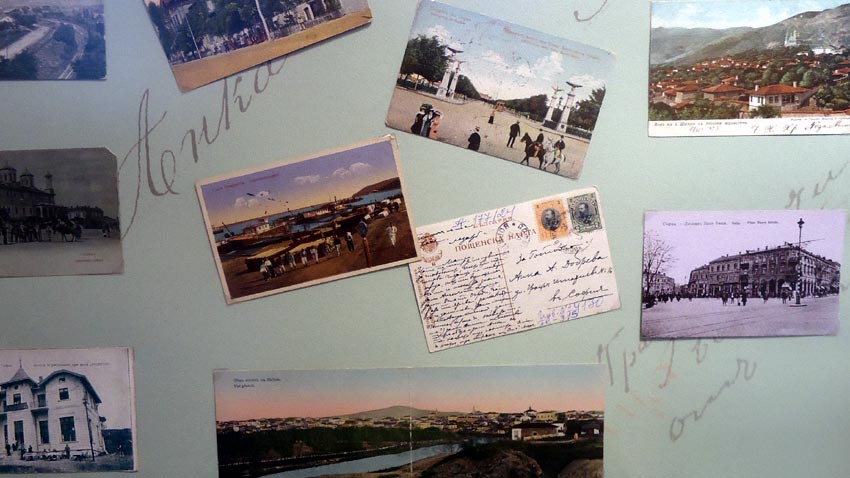
The display arranged in the elegant halls of the former Royal Palace in Sofia is the result of the cooperation between the Italian Cultural Institute and the National Ethnographic Museum and reveals similarities and differences in the history of the two nations in the 20th Century, and also – how political events influenced private stories.
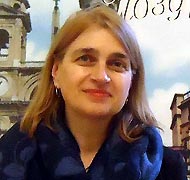 “In relatively close historical periods the two countries achieved liberation and unification, and Bulgarian volunteers joined the Garibaldian detachments”, Dr Iglika Mishkova, curator of the exhibition tells us. “Besides, Bulgaria and Italy took part in the world wars and the year 1946 was a year of historic change for both of them. In that year both countries switched to republican rule but took different paths: while Bulgaria found itself behind the Iron Curtain, Italy commenced rapid industrial development with high consumption and a range of educational reforms. In the late 20tht Century Italy introduced the euro, while in Bulgaria the communist regime collapsed in 1989 and in 2007 the country joined the European Union.”
“In relatively close historical periods the two countries achieved liberation and unification, and Bulgarian volunteers joined the Garibaldian detachments”, Dr Iglika Mishkova, curator of the exhibition tells us. “Besides, Bulgaria and Italy took part in the world wars and the year 1946 was a year of historic change for both of them. In that year both countries switched to republican rule but took different paths: while Bulgaria found itself behind the Iron Curtain, Italy commenced rapid industrial development with high consumption and a range of educational reforms. In the late 20tht Century Italy introduced the euro, while in Bulgaria the communist regime collapsed in 1989 and in 2007 the country joined the European Union.”
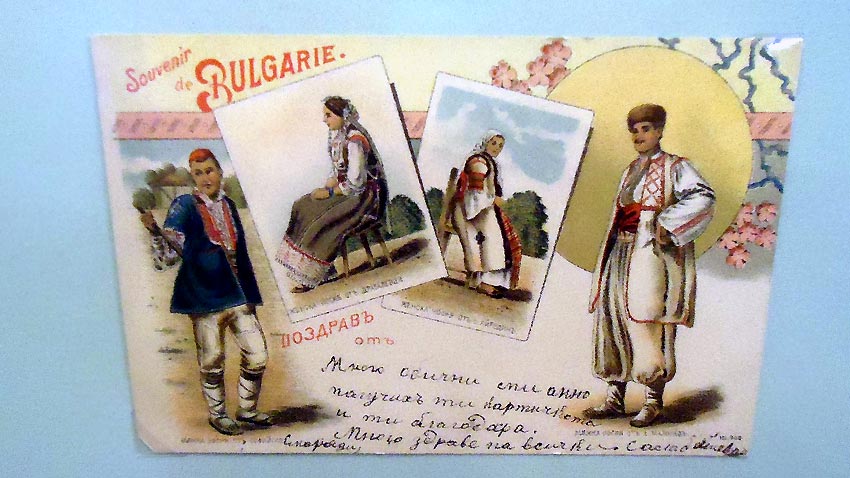
And because bits of private worlds make up the big picture – what would it be like in the common fate of a Bulgarian and an Italian in the early 20th Century?
“If we imagine that we are telling the story of a visitor of Sofia, we can say that he saw many new buildings and vehicles, observed the changes in the main streets and the urban environment related to the development of statehood” Dr Iglika Mishkova goes on to say. “He went round the museums, the gardens of the Royal Palace and all this found a place on postcards. The photographs on them give us a fair idea of how the city grew. The respective Italian story would reveal how people became more interested in visiting resorts and how cultural events claimed an important part in their lives. This is how a production of Teatro alla Scala in Milan became an emblematic image. On this postcard one of the spectators wishes his friends to come in touch though from a distance, with really great art. The situation in Bulgaria was similar – following the Unification of Bulgaria in 1885 and its industrialization people became better educated and began to take interest in the same things as the people in Italy.”
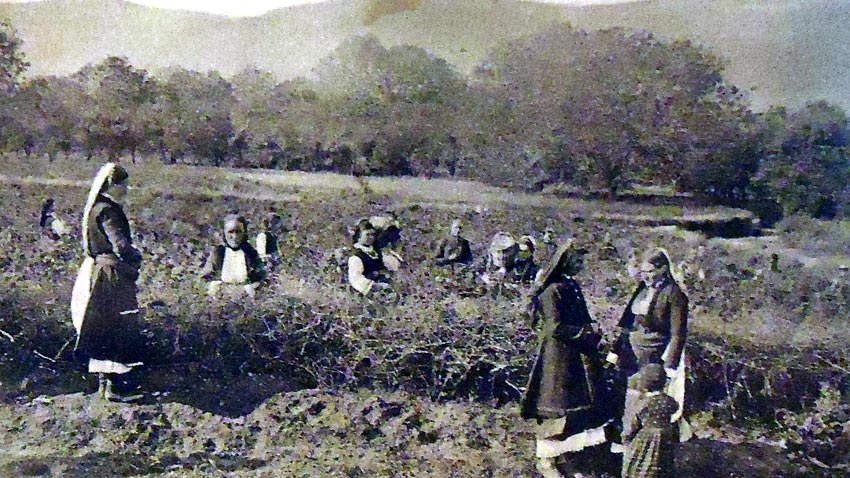
The oldest Bulgarian postcard in the exhibition is dated in 1898 and recreates brewing of rose oil, while the Italian one is dated in 1881and displays a view of the Colosseum. Over time, the content and handwriting on postcards has changed but the ending line is more or less the same – Greetings & kisses! – written in either Bulgarian or Italian.
 “I like best postcards showing places or objects that do not exist or have changed beyond recognition – monuments or streets for example”, says Italian Ambassador to Bulgaria Stefano Baldi. “Seeing their appearance in the past, one can understand better the power of past events in a town or city. This applies to all cities – looking at postcards from old Sofia and comparing them to what I see today in the same city, I become aware what changes a certain sector or place have undergone including the building of my embassy.”
“I like best postcards showing places or objects that do not exist or have changed beyond recognition – monuments or streets for example”, says Italian Ambassador to Bulgaria Stefano Baldi. “Seeing their appearance in the past, one can understand better the power of past events in a town or city. This applies to all cities – looking at postcards from old Sofia and comparing them to what I see today in the same city, I become aware what changes a certain sector or place have undergone including the building of my embassy.”
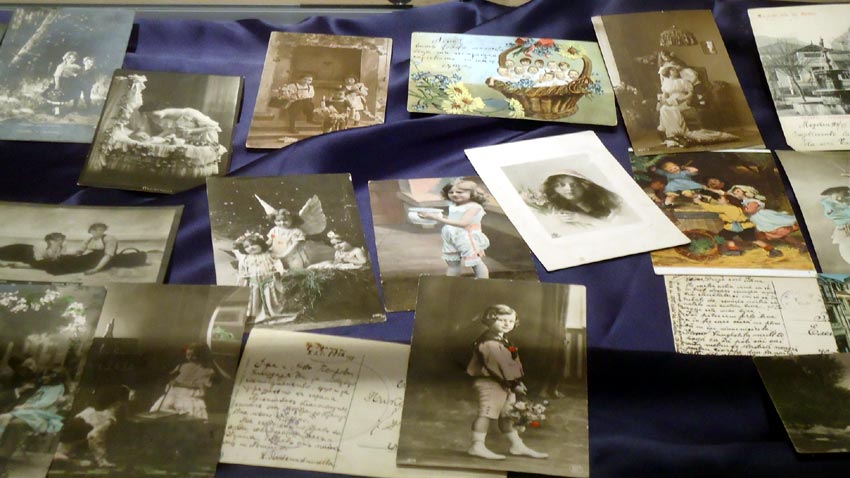
Today postcards have withdrawn making room for selfies on social networks, postage stamps still carry particles of the past when we have to communicate on paper and coins no longer depict current rulers. After one hundred years people will be able to tell stories of the past using authentic images. However it could be that some subtleties of a message might be gone – like a slightly irregular letter in the handwriting suggesting an emotion or a splash of ink reminiscent of a tear.
English Daniela Konstantinova
Photos: Diana TsankovaEvery child dreams of having all the time in the world in which to play and enjoy piles of sweet delights. One of the most favorite, of course, is His Majesty the Chocolate. The first records of its appearance can be found as early as 2,000 years before..
A little over 1,450 Leva is the sum needed per month by an individual living in a one-person household, and a total of 2,616 Leva for the monthly upkeep of a three-member household - as is the most widespread model in Bulgaria at the moment (two..
The traditional "Easter Workshop" will be held from April 23 to 26 in the Ethnographic Exposition of the Regional History Museum - Pazardzhik. Specialists from the ethnographic department of the museum will demonstrate traditional techniques and..
A little over 1,450 Leva is the sum needed per month by an individual living in a one-person household, and a total of 2,616 Leva for the monthly..
The traditional "Easter Workshop" will be held from April 23 to 26 in the Ethnographic Exposition of the Regional History Museum - Pazardzhik...
Every child dreams of having all the time in the world in which to play and enjoy piles of sweet delights. One of the most favorite, of course, is His..

+359 2 9336 661
